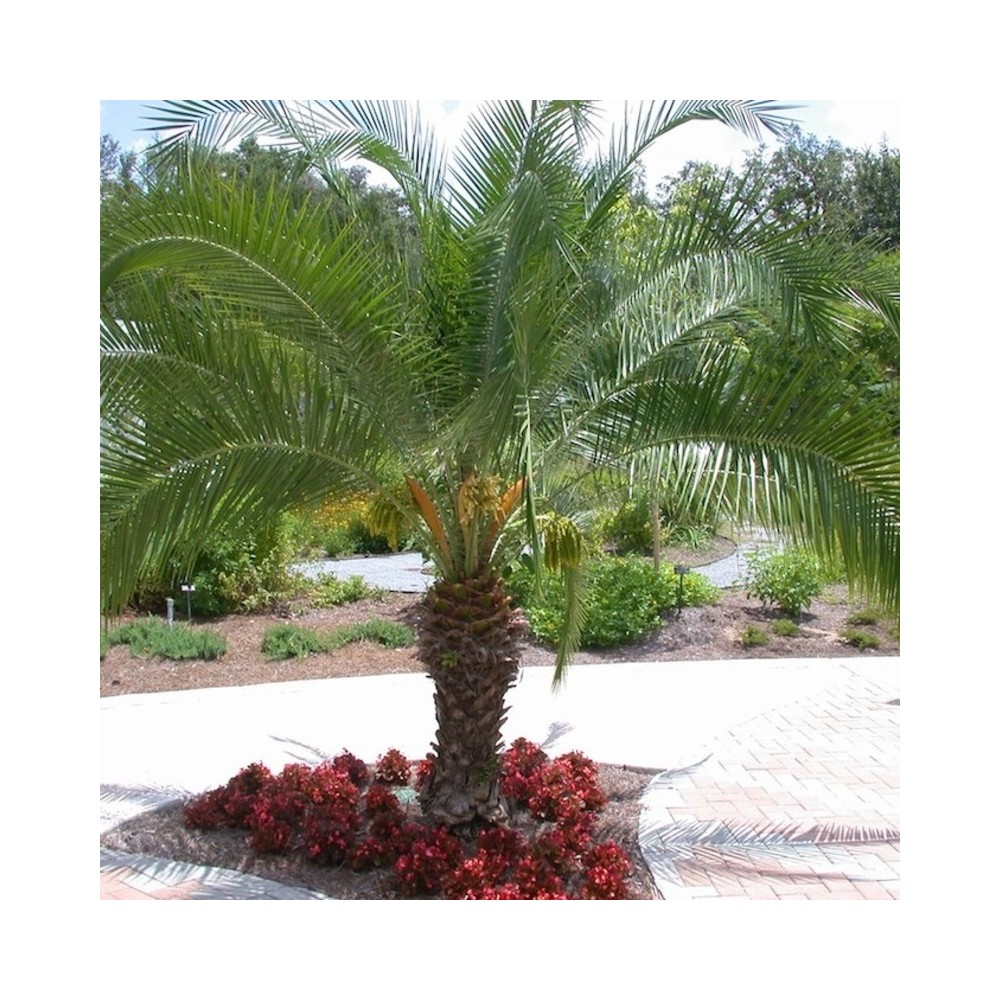



Phoenix are common in warm zones of the United States. The fruit is an ancient cultivated food that has importance in Mediterranean, Middle Eastern and other tropical to subtropical areas. Cultivar choice and zone are important information when considering how to grow date trees. There are varieties with some cold tolerance, but they rarely bear fruit. Learn how to care for a date palm and enjoy the elegant tree and perhaps some fruit if you are lucky

Security policy visit http://nurserynature.com/content/10-security-policy

Shipping & Delivery Policy visit http://nurserynature.com/content/1-delivery

Cancellation & Refund Policy visit http://nurserynature.com/content/6-aeu-legal-revocation-terms
Phoenix are common in warm zones of the United States. The fruit is an ancient cultivated food that has importance in Mediterranean, Middle Eastern and other tropical to subtropical areas. Cultivar choice and zone are important information when considering how to grow date trees. There are varieties with some cold tolerance, but they rarely bear fruit. Learn how to care for a date palm and enjoy the elegant tree and perhaps some fruit if you are lucky
Phoenix palms Planting & Care
How to Grow Date Trees Most date palm production in the U.S. is in southern California and Arizona. Florida has many palm trees too, but the dates grow during the rainy season and generally get moldy and rot before they can mature. Date palm growing requires temperatures above 20 degrees Fahrenheit (-6 C.) to survive. Pollination takes place at 95 degrees (35 C.) and fruits need dry, hot temperatures with warm nights. Dates grow large, up to 120 feet and can live for 100 years. The large trees need room to grow and spread out the adventitious surface roots that anchor the plant and help it gather surface water. Take care when planting date palms to choose a location with plenty of space both vertically and horizontally. What to Know When Planting Date Palms You will need a male and female tree for fruit production. Select a location with full sun where soils are well draining. Date palms can grow in sand, loam or even clay soil. The tree is tolerant of drought but needs plenty of water when flowering and fruiting. Plant the trees in spring or fall for best results. Dig the hole twice as deep and wide as the actual root base to loosen the soil. Fill the bottom of the hole with soil so the plant is sitting high and roots are barely covered. Press soil around the roots and water well to compact the soil around them. Young trees do best with supplemental irrigation for several months until they are established.
You may also need to stake them for straight date palm growing. How to Care for a Date Palm After planting date palms, you will need to follow good date palm tree care. In addition to irrigation and support, palms need good nutrient management and pest and disease control. Manure makes an excellent fertilizer in early spring. You can also use a palm tree fertilizer high in potassium. Watch for pests and disease and deal with them quickly as they arise. Once trees are established, you will rarely need to water them. Date palms prefer dry soil and excess moisture can inhibit growth. Keep weeds and turf away from the base in a radius of five feet. In areas where production is possible, thin fruit by one-half. This increases the size of fruit and ensures a crop the next year. Tie the ripening clusters to an adjacent branch for support and use netting to protect the fruit from birds. How to Start a New Date Palm Tree Palms produce low growths off the trunk base called offsets, or pups. Offsets are divided away from the parent plant and started in a prepared bed or pot of sand mixed with some topsoil. Take care when separating the offset to preserve the leafy green top and acquire some root. Use a root saw to divide the young plant from the parent. Offsets need the same good date palm tree care as an adult. Date palm offsets will not be mature and ready to produce fruit for up to 12 years. The plant can grow in a pot for a few years but should be planted in a bed outdoors for best results.